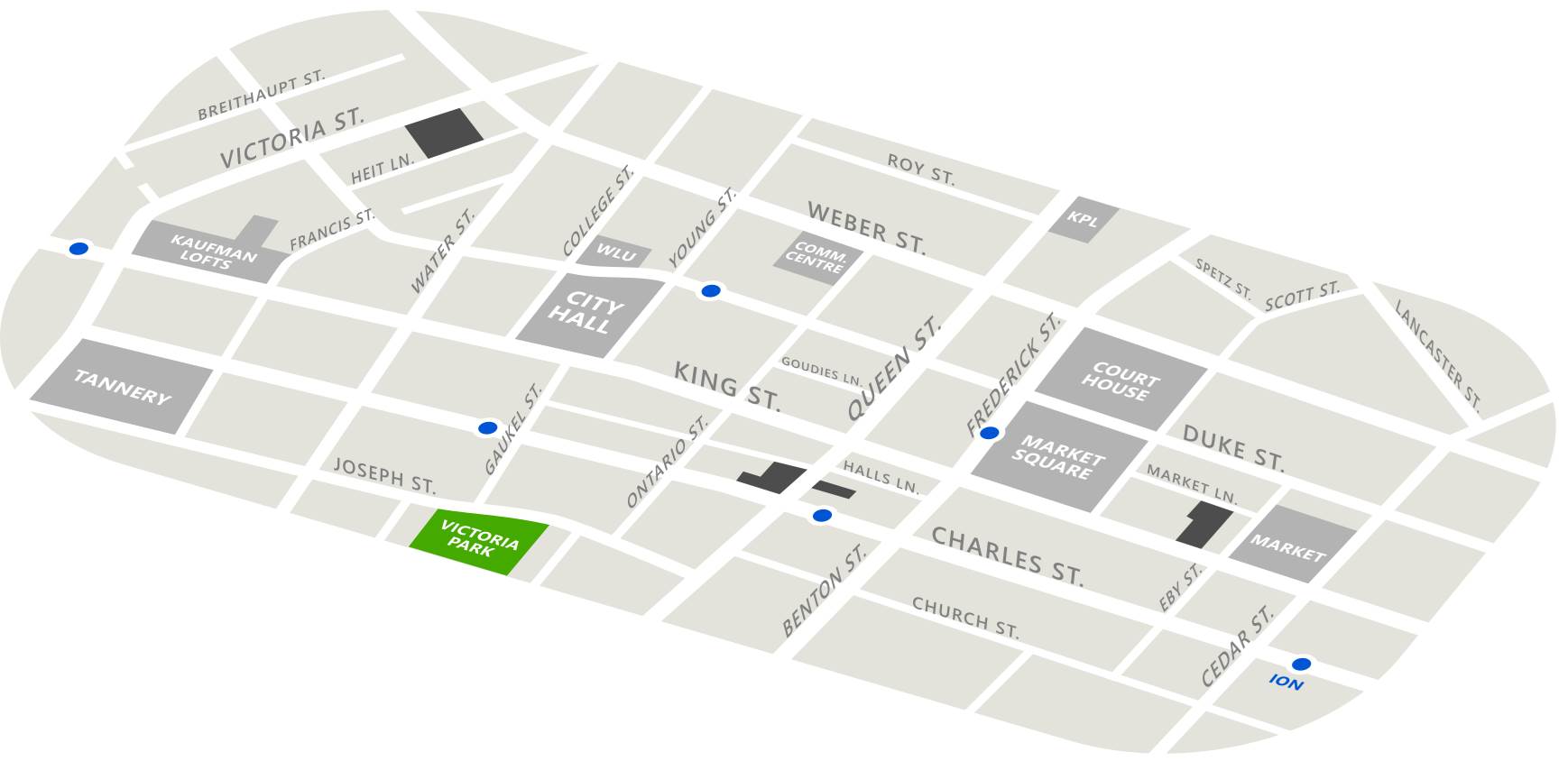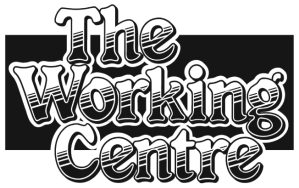

A comprehensive look at our community of projects. Learn about the locations, spaces, and people working together to build community.

A digital collection of over 600 articles from our quarterly newspaper that reports on our community building efforts
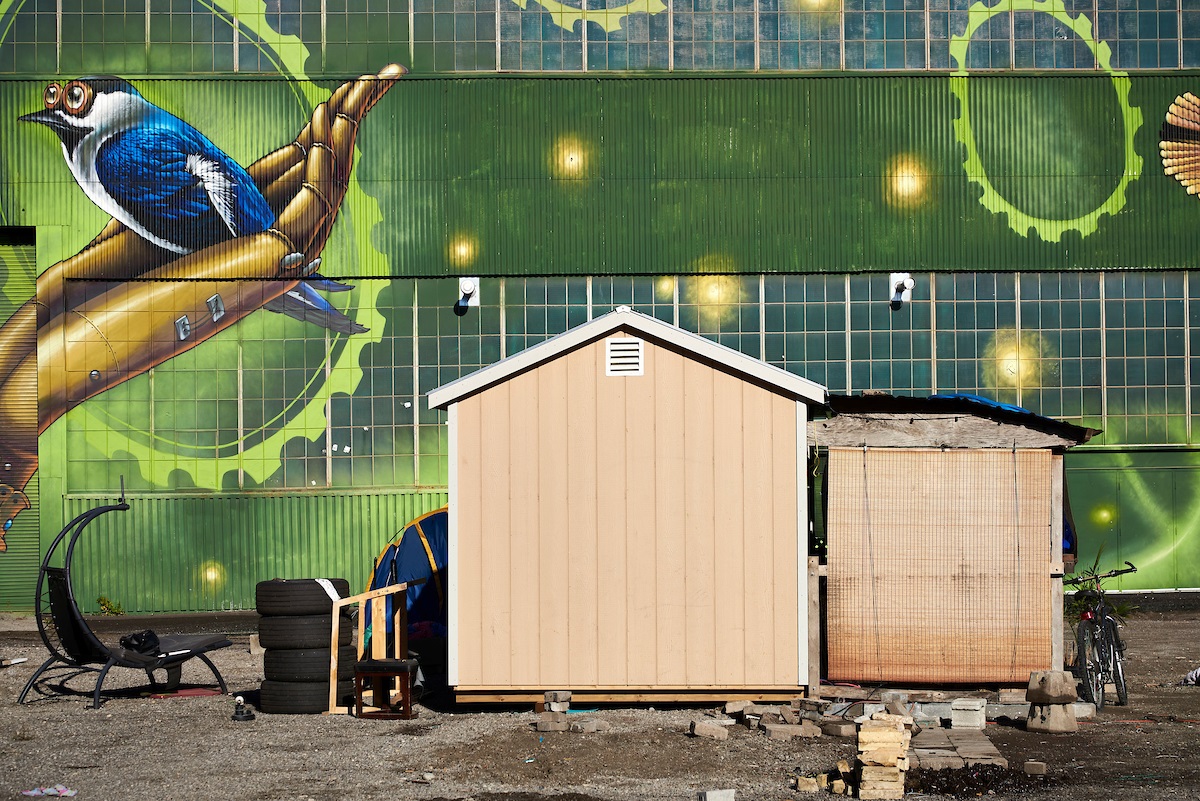
Photographer Douglas MacLellan captures portraits, daily life, graffiti, and writings on the walls to shed light on housing and opioid use over a two-year period in Kitchener-Waterloo

A major renovation project that began in Fall 2021 to build 21 units of affordable housing in Downtown Kitchener
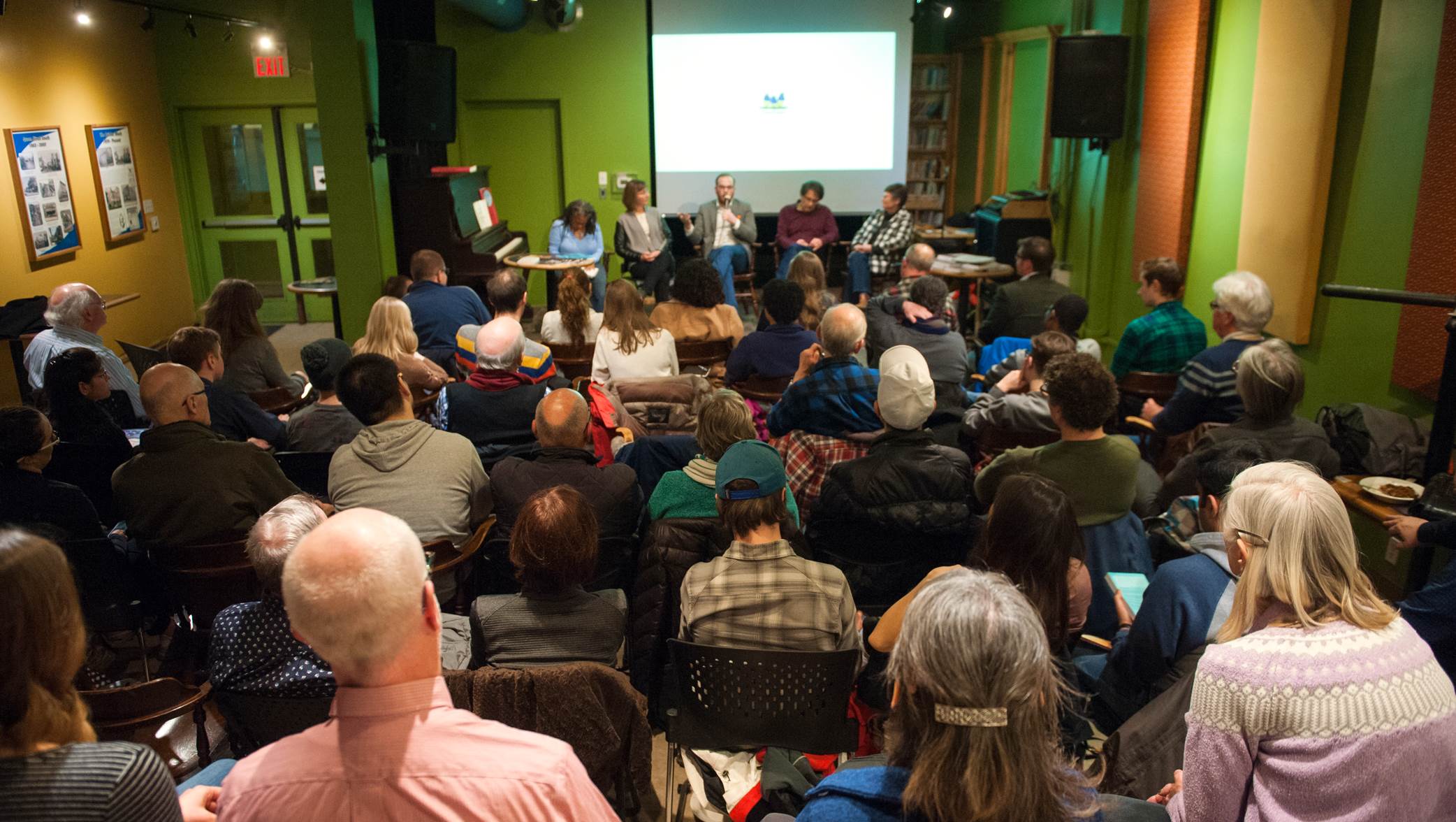
Learn about the philosophies and influences that inspire the daily community building work of The Working Centre
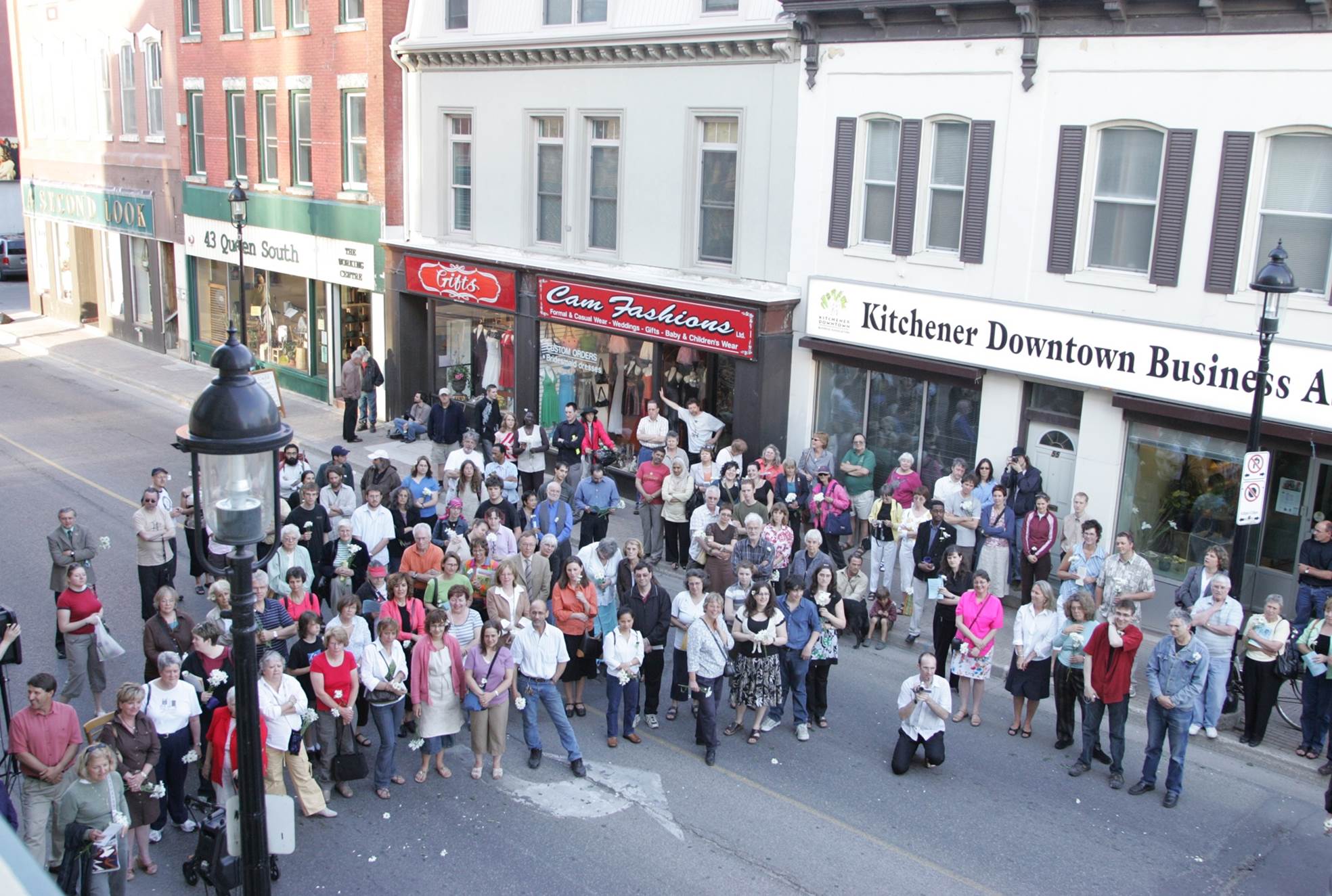
Learn how our projects and work have evolved and expanded since The Working Centre was founded in 1982
Explore Our Community and Ideas
The Working Centre started from humble beginnings in May 1982 as a response to unemployment and poverty in downtown Kitchener. 40-plus years later we have survived “as an independent instrument of self-help community development” that has woven itself into the fabric of the Kitchener-Waterloo area.
TWC Interactive explores The Working Centre’s community of projects, and offers an in-depth look into the ideas that influence our community building work.
Virtual Tour
A comprehensive look at our community of projects that include the locations, spaces, and people working together to build community
Community Building Timeline
Learn how our projects and work have evolved and expanded since The Working Centre was founded in 1982
Good Work News Archive
A digital collection of over 600 articles from Good Work News, The Working Centre's quarterly newspaper reporting on our community building efforts
Ideas at The Working Centre
Learn about the philosophies and influences that inspire the daily community building work of The Working Centre
Influential Thinkers
Explore a group of visionary thinkers that inspire the work being done at The Working Centre
Making Home: A Visual Journey
Photographer Douglas MacLellan captures portraits, daily life, graffiti, and writings on the walls to shed light on housing and opioid use over a two-year period in Kitchener-Waterloo
Queen Street Apartments
A major renovation project that began in Fall 2021 to build 21 units of affordable housing in Downtown Kitchener
Working Centre Publications
Browse a collection of books published by The Working Centre
Local Democracy Online
An online version of our community learning course that explores how democratic relationships in everyday life form the roots of a democratic society
